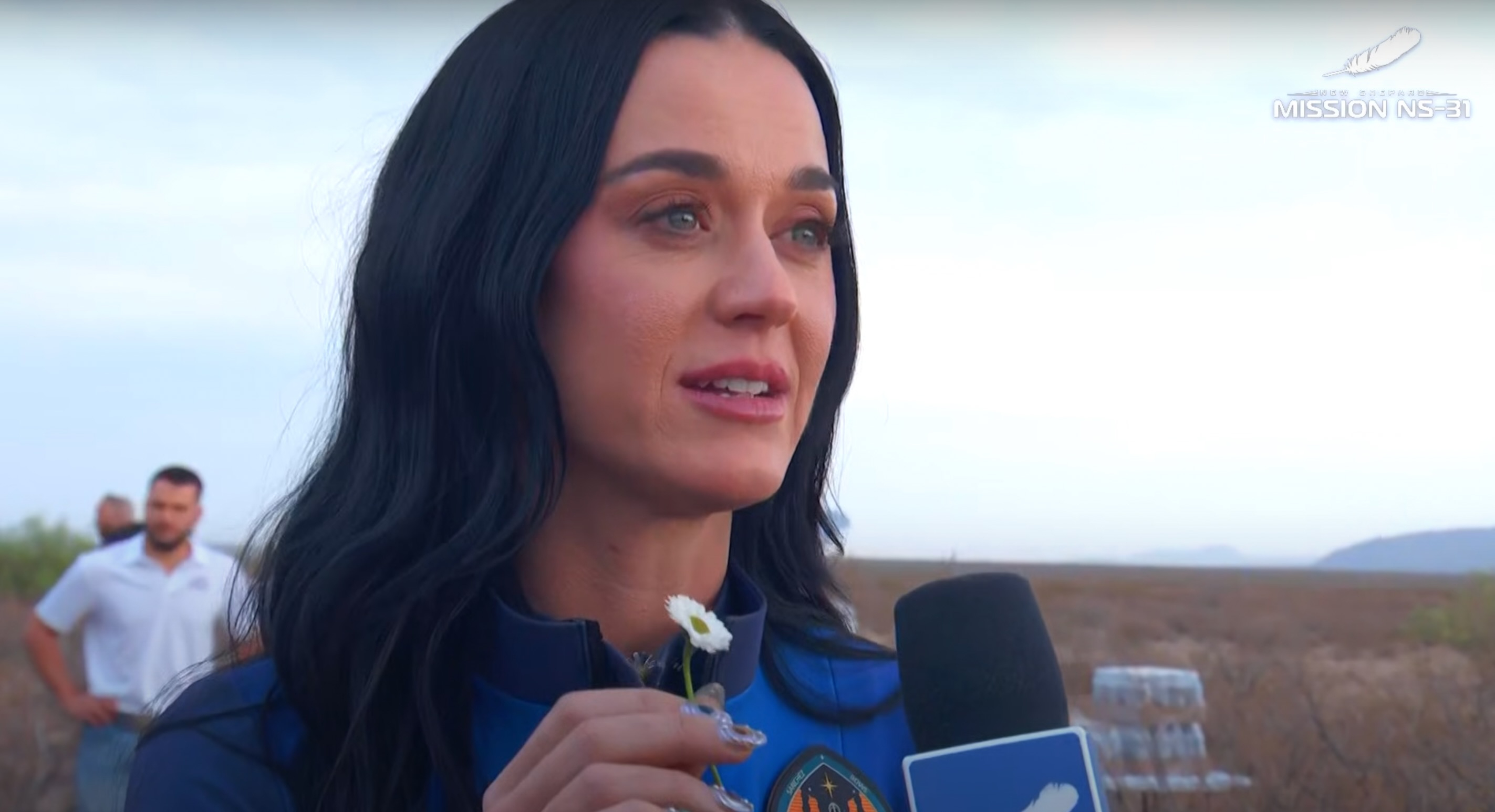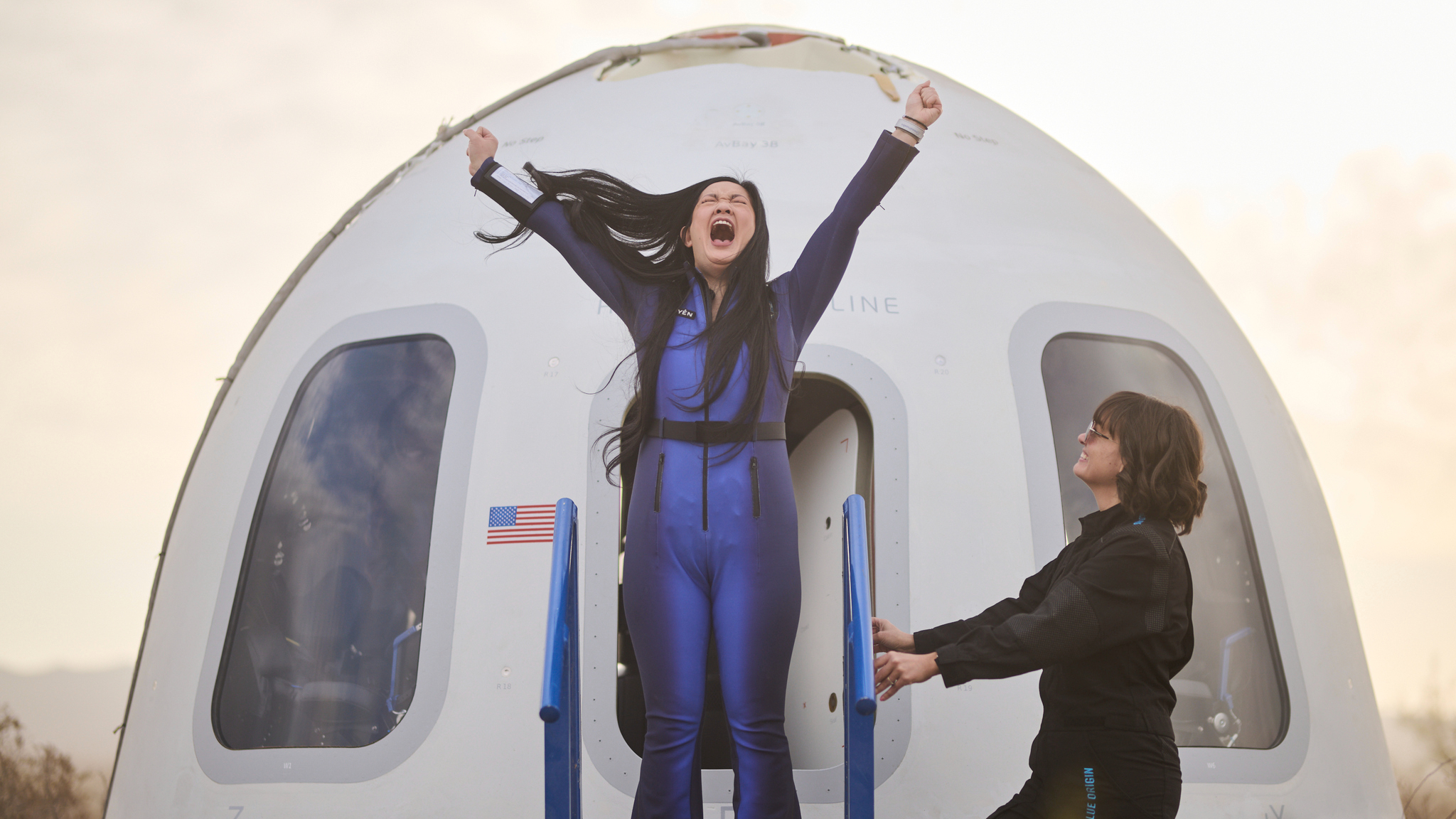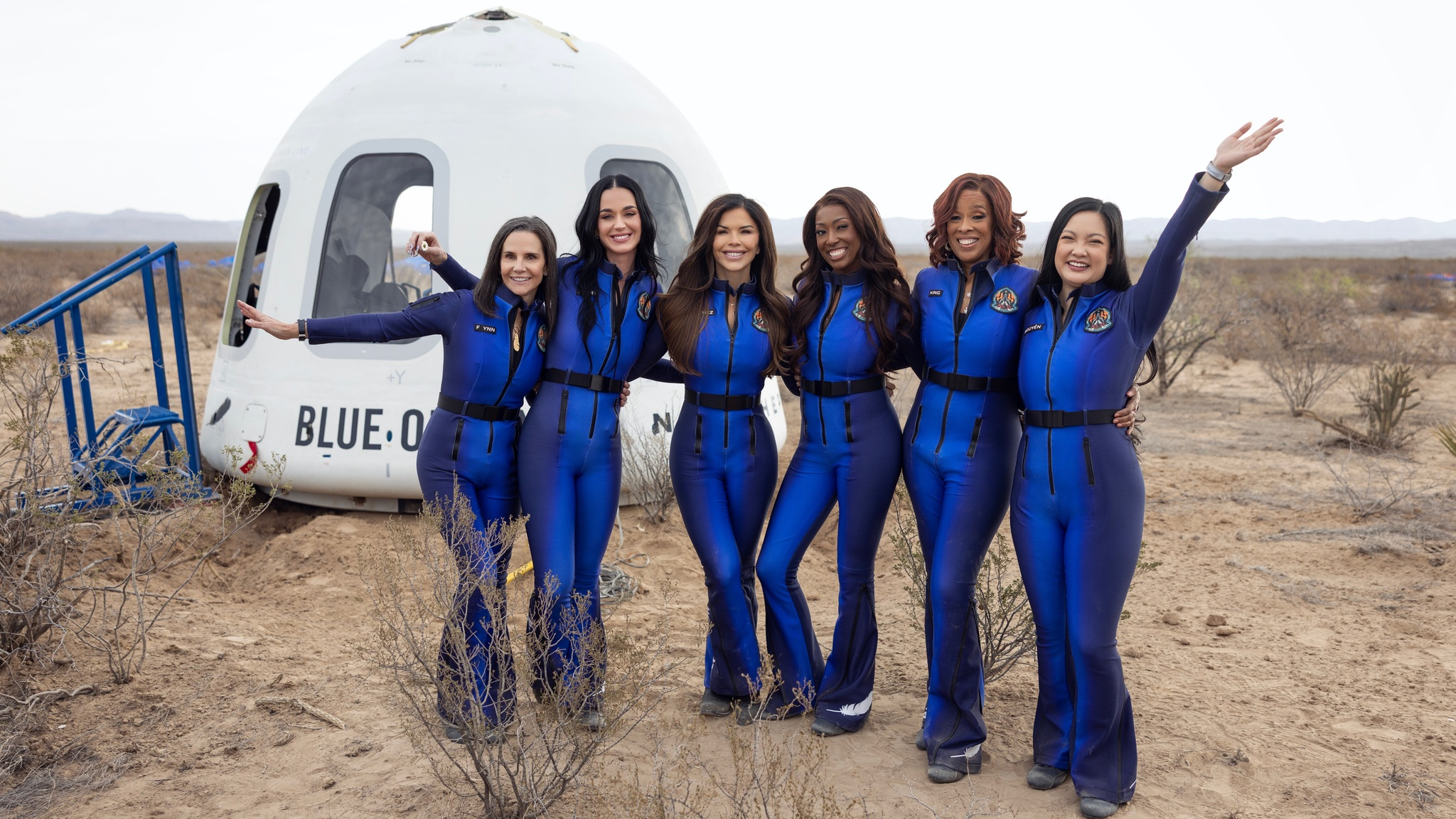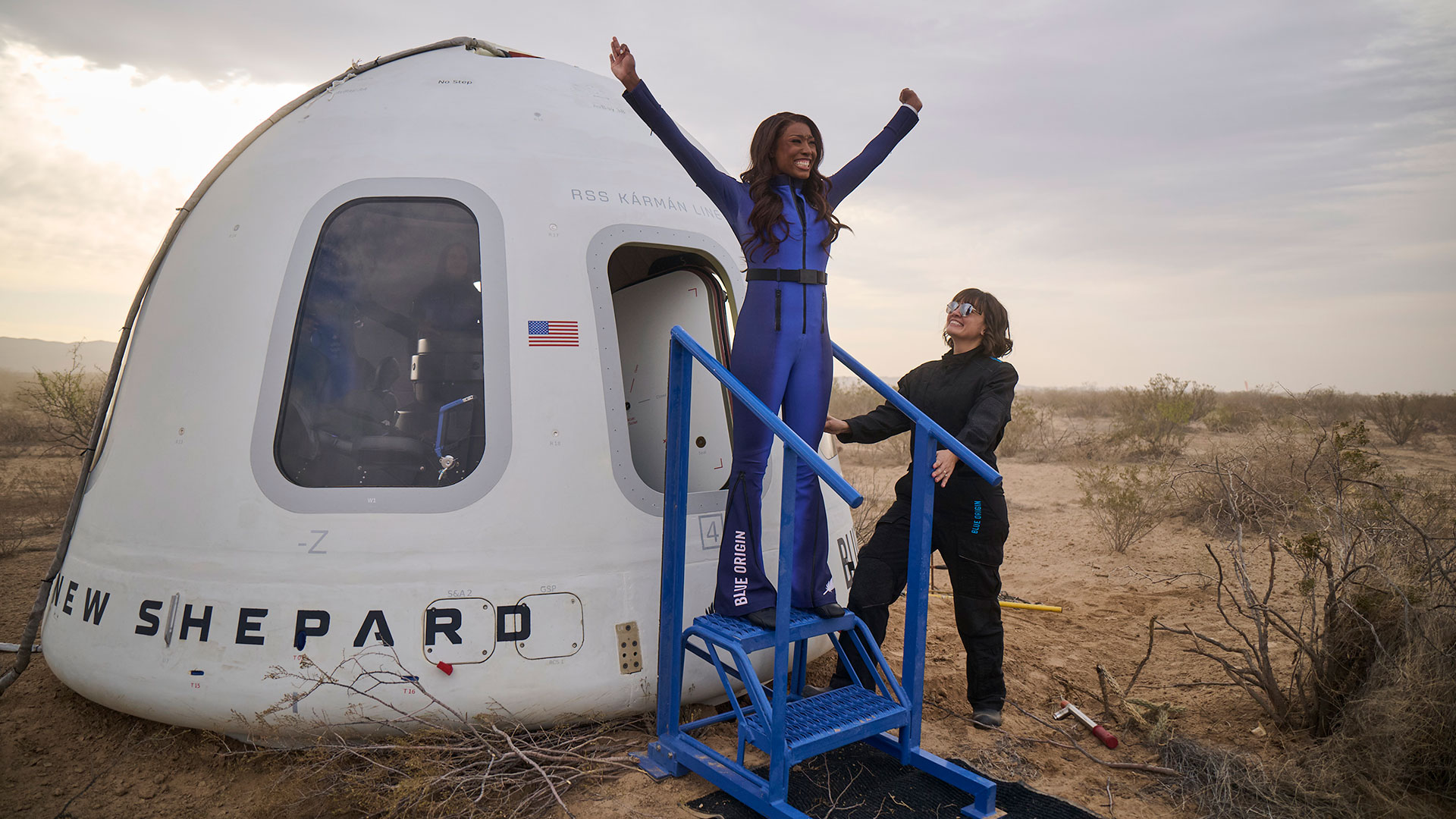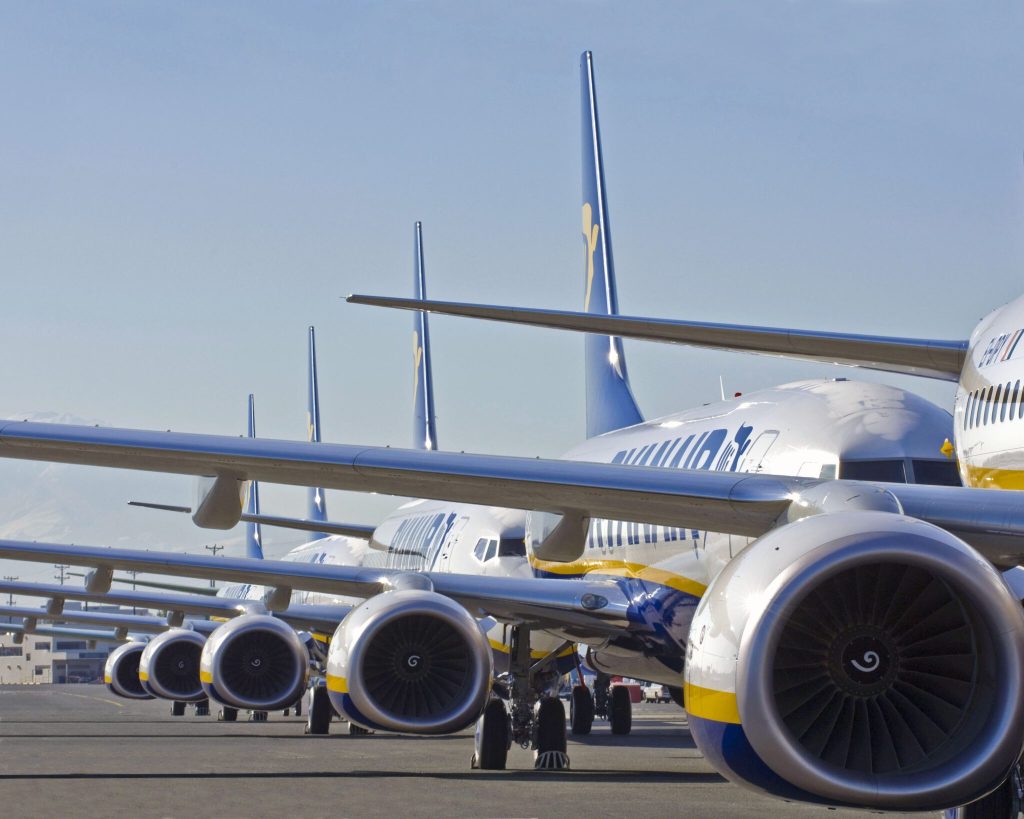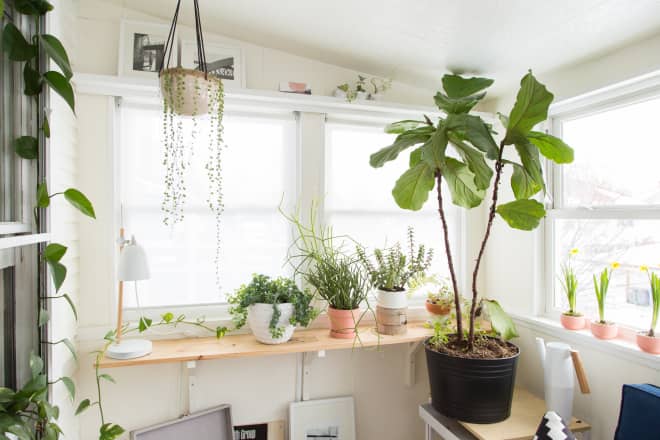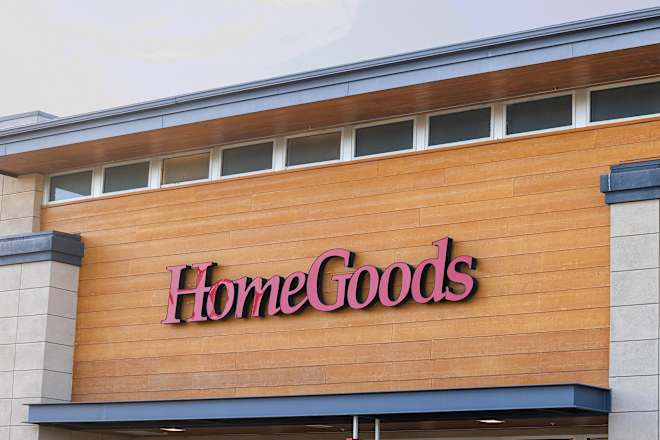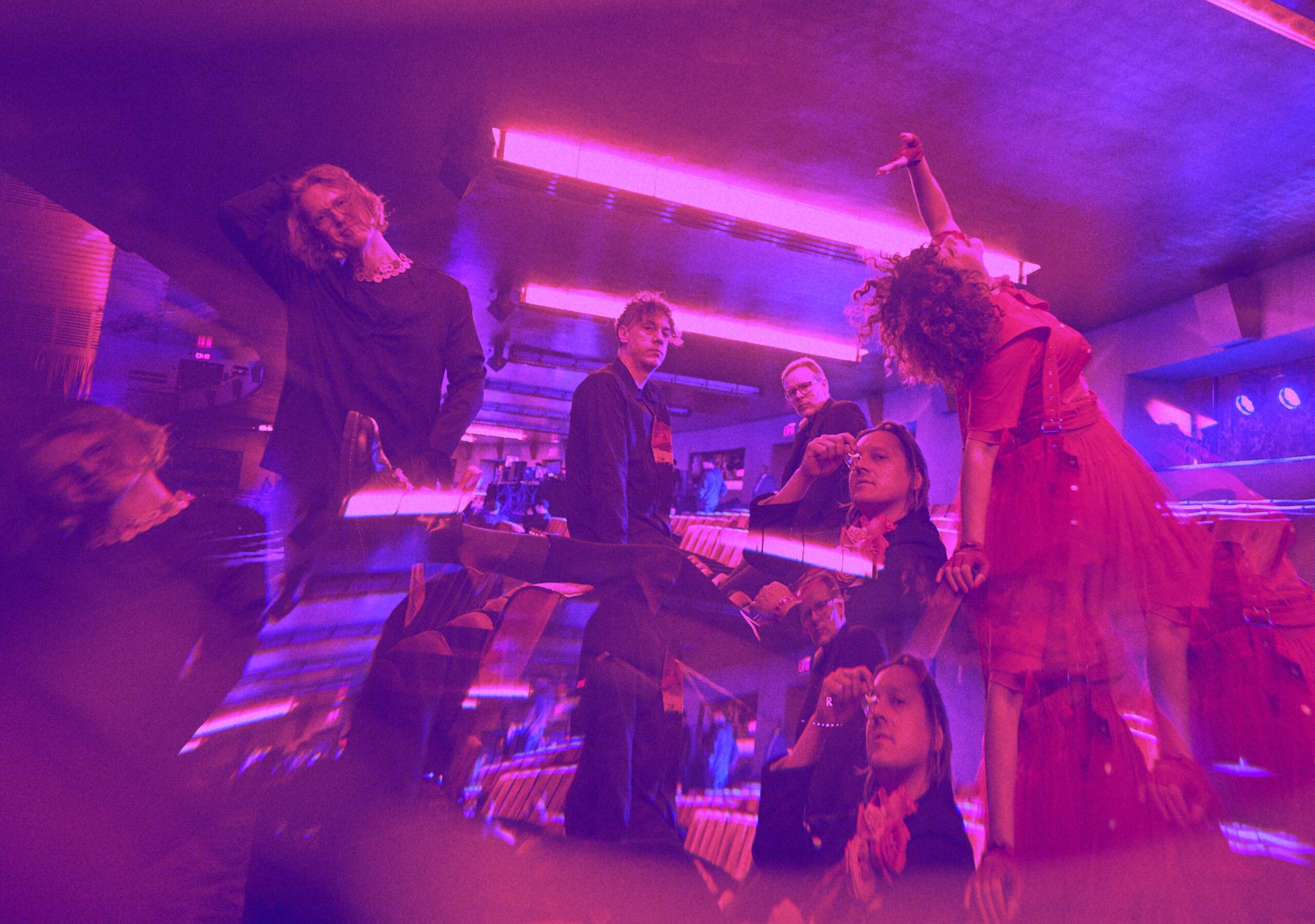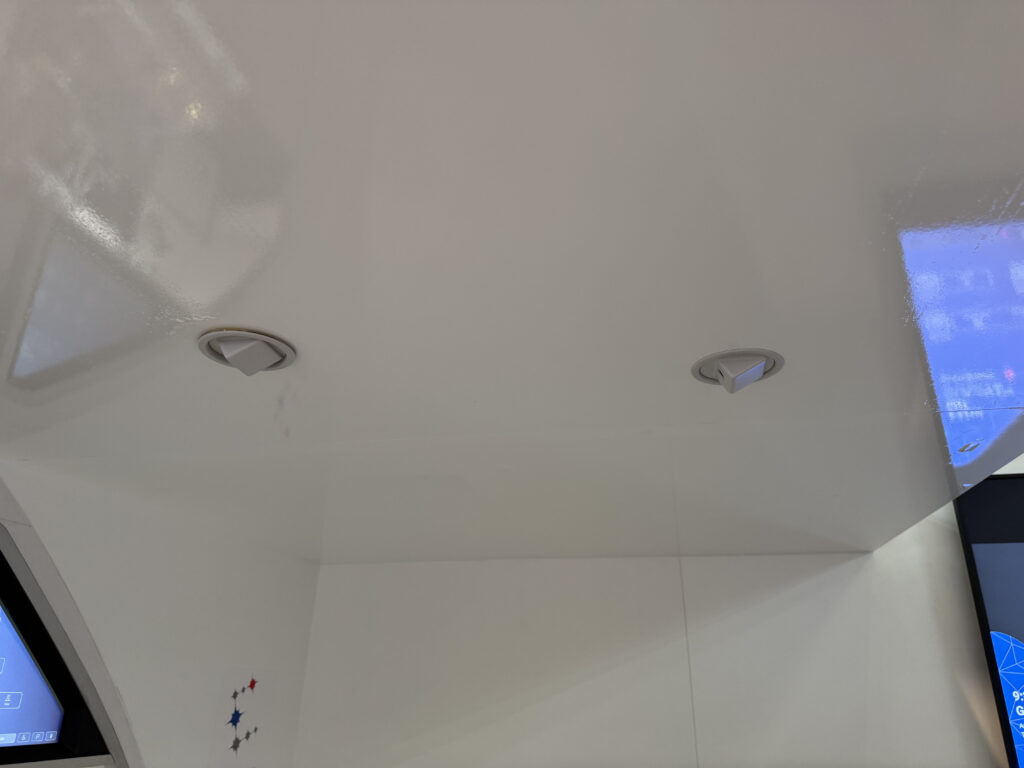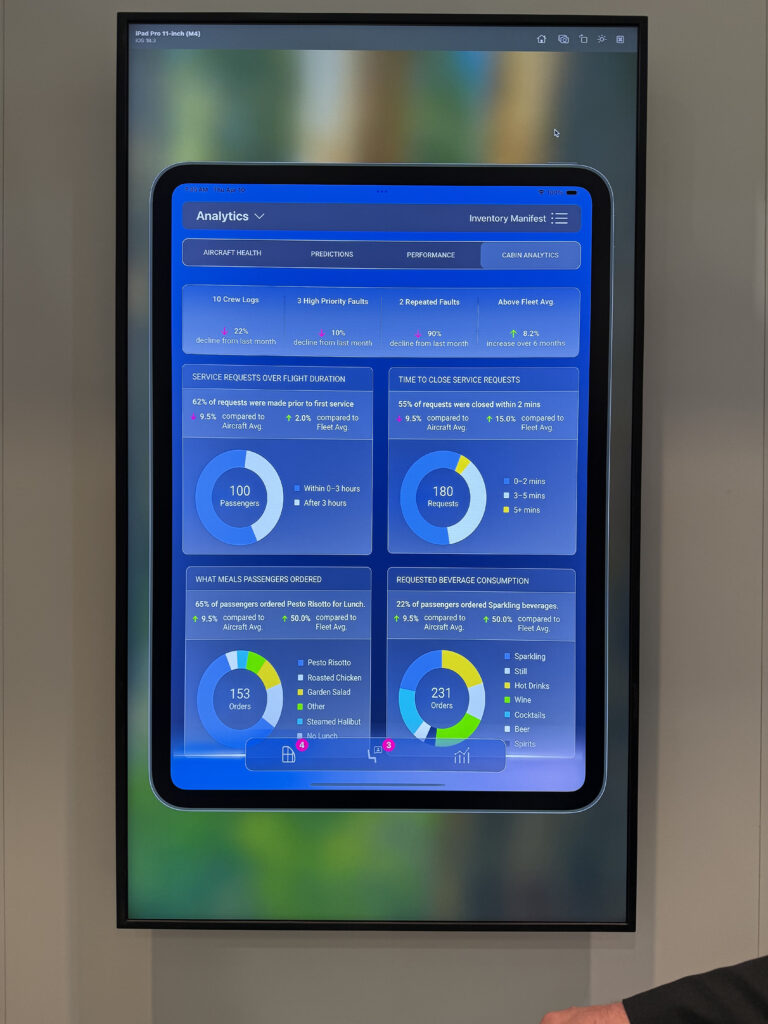Collins’ galley.ai: a smart assistant for crew galley operations
HAMBURG — Artificial intelligence gets a bad rap these days, but fresh from its win in the Cabin Technologies category of the Crystal Cabin Awards, Collins Aerospace’s integrated camera and algorithmic galley system, galley.ai, impressed on the company’s stand at the Aircraft Interiors Expo. The system combines algorithmic image processing, inventory management, airline restocking data and... The post Collins’ galley.ai: a smart assistant for crew galley operations appeared first on Runway Girl.

HAMBURG — Artificial intelligence gets a bad rap these days, but fresh from its win in the Cabin Technologies category of the Crystal Cabin Awards, Collins Aerospace’s integrated camera and algorithmic galley system, galley.ai, impressed on the company’s stand at the Aircraft Interiors Expo.
The system combines algorithmic image processing, inventory management, airline restocking data and galley-focussed cameras — and an impressive source of management information for airlines.
Galley.ai updates the galley control panel with a digital screen, which in the first instance can be used to line up at-seat or crew PED-based ordering: 1C wants a Coke, 2K wants a Diet Coke, and so on. But the functionality expands from there, with the system telling the flight attendant which insert the Coke can be found in, for example. The camera system tracks bins via optical character recognition, even if a bin is swapped into a different insert slot, tracking stocks and adjusting its understanding of what is where as needed.

At its most basic level, the galley.ai system queues up orders and tells crew where to find what’s been requested. Image: John Walton
Collins has thought through a good number of use cases: for example, it’s a two-deep insert, the system highlights whether the Coke is in the forward or rear insert, with a blue indicator light for a visual clue. If an item is only remaining in another rear galley, the system displays that too.
Crew can also use it to find items via a search function, and where mealtime in the aft galley can be a matter of two dozen trolleys that’s a real timesaver.
Impressively, the system can detect not just single items — a Coke, a chocolate bar, and so on — but items that have a “full” and “depleted” state, like a packet of napkins. By training the algorithms, the system can recognise both a full packet and a half-full packet (or stack without the packet) of napkins and other similar items like sugar packets.
The system will also use the training imagery to generate ideas of what various states of napkin fullness (not to get overly philosophical about it) might resemble, and while these will naturally include the napkin equivalent of a six-fingered hand AI blooper, they will also include the potential realities of a scrunched up, upside down, half-wet napkin stack.
The system will also work with self-service sections of the galley, so that if hungry passengers munch their way through the selection of snacks, the system tells the crew what they need to replace, and where to find them. In the event that the snack system is in another galley — it’s fairly common on widebodies in cruise for the crew to congregate around doors 1 with doors 2 the business class self-service snack area, for example — it can flag messages up to other galleys as well.
RGN’s journalists gave this one a real stress test, sneaking in to clear the snack section, even while trying to block view of the cameras, but as soon as the camera was able to see the snack area it registered the need for restocking.
Other functionalities include a useful detector for open latches, which can be a safety hazard if heavy inserts slide out and strike someone. This has two separate levels of indicator, one if there is a crew member in the galley and another more prominent level (which might include a push message to all crew PEDs) if there is no crew member in that galley, perhaps because they have grabbed napkins and rushed to deal with a spill.

The system interfaces with crew tablets and smartphones as well as with the digital display. Image: John Walton
Collins can also extract useful management information that might not otherwise be available: for example, if passengers are ordering an item that has run out, that request might not be captured otherwise. Wider management information around meal selection can be hooked into the airline’s systems, while predictive suggestions — some of which sound a little obvious, like “if it’s a hot day, serve a tray of cold drinks” — are also an option.
Overall, the system becomes what resembles a smart assistant for cabin crew, helping them to do their job more efficiently and safely, and felt like a well-deserved Crystal Cabin Award win.
Related Articles:
- Collins makes Cabin IoT play with connected galley field trials
- Airbus advances design of Airspace Link smart platform
- AIM Altitude to launch single-aisle version of ARCA galley at AIX
- Designing the future of single-aisle galleys and service areas
Featured image credited to John Walton
The post Collins’ galley.ai: a smart assistant for crew galley operations appeared first on Runway Girl.



























